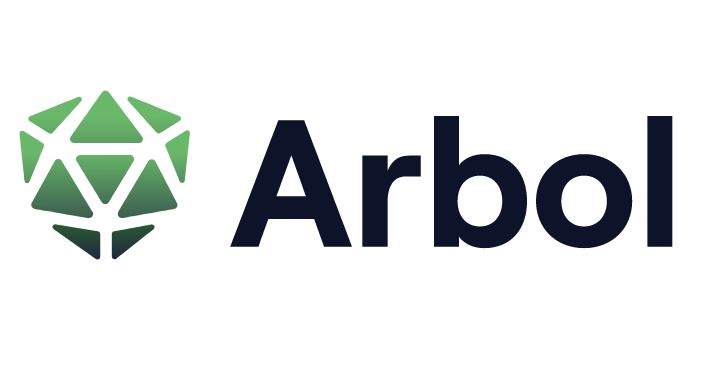Arbol automates parametric reinsurance triggers using a blockchain

Arbol, a technology-led underwriter of parametric risk transfer, climate and weather insurance or reinsurance business, has teamed up with the Institutes RiskStream Collaborative to put parametric reinsurance trigger data processes and validation on a blockchain, claiming a first.
The pair call this “the first on-chain data calculation tool for reinsurance” and say it will streamline parametric loss calculations and promote transparency across the sector.
Named “dRe”, the new platform is live and in production, so can be utilised already to support efficient triggering and monitoring of parametric reinsurance contracts.
It’s a smart contract-based system offering “efficient and transparent parametric loss calculations for severe storm catastrophe transactions,” the firms note.
It takes weather data from Arbol’s decentralized climate data network, dClimate, and Chainlink’s industry-standard decentralized oracle network, so the platform can trigger a smart contract based on wind speed and location for specific peril events.
It’s not the first parametric insurance solution to use oracles and smart contracts for automating the triggering of contracts, that has been done before, but Arbol said that it is the first on-chain data calculation tool for a named storm parametric reinsurance transaction, rather than a pilot program.
Using technology to monitor the weather data linked to the trigger, means that with this the claim initiation can be automated, while notifications, and loss calculations can also be an automatic process, delivering rapid payouts, streamlined data flow, and heightened transparency.
“dRe is a critical advancement in Arbol’s pursuit to enhance transparency and efficiency in the insurance sector,” explained Sid Jha, Founder and CEO of Arbol. “By leveraging blockchain technology and smart contracts, we are fundamentally reshaping the landscape of parametric (re)insurance. This platform is not just a step forward; it’s a leap. It transforms how we manage severe storm catastrophe transactions by providing rapid, auditable, and reliable payouts. And while our current focus is on severe storm events, the system’s design has far-reaching implications, paving the way for adaptations to other perils.”
“Transitioning this parametric (re)insurance application to production on the RiskStream Canopy platform represents a pivotal demonstration of blockchain’s potential in the insurance industry,” added Patrick Schmid, Ph.D., President, of The Institutes RiskStream Collaborative. “We foresee this as the first of many applications we bring to production for the benefit of RiskStream members, the industry, and the public we serve.”
The dRe platform can also support other weather perils such as rain, heat, or wind, and has the potential to be relevant to non-parametric insurance event notification as well.
Let’s be clear, what’s important here is the use of technology as a way to provide for the automation of the parametric trigger, notification, claims validation and payout, not whether it is a blockchain based smart contract, or any other specific technology.
Making insurance and reinsurance contract certainty, trustworthiness, and transparency, as well as claims notifications, settlement and payment, as efficient, predictable and fast a process as possible can further enhance the effectiveness of the transaction, the reliability of the coverage and ultimately the efficiency of risk capital as well, while also ensuring greater accuracy too.
As a result, platform developments in parametric risk transfer, such as dRe, are important steps, no matter the underlying tech they utilise.






